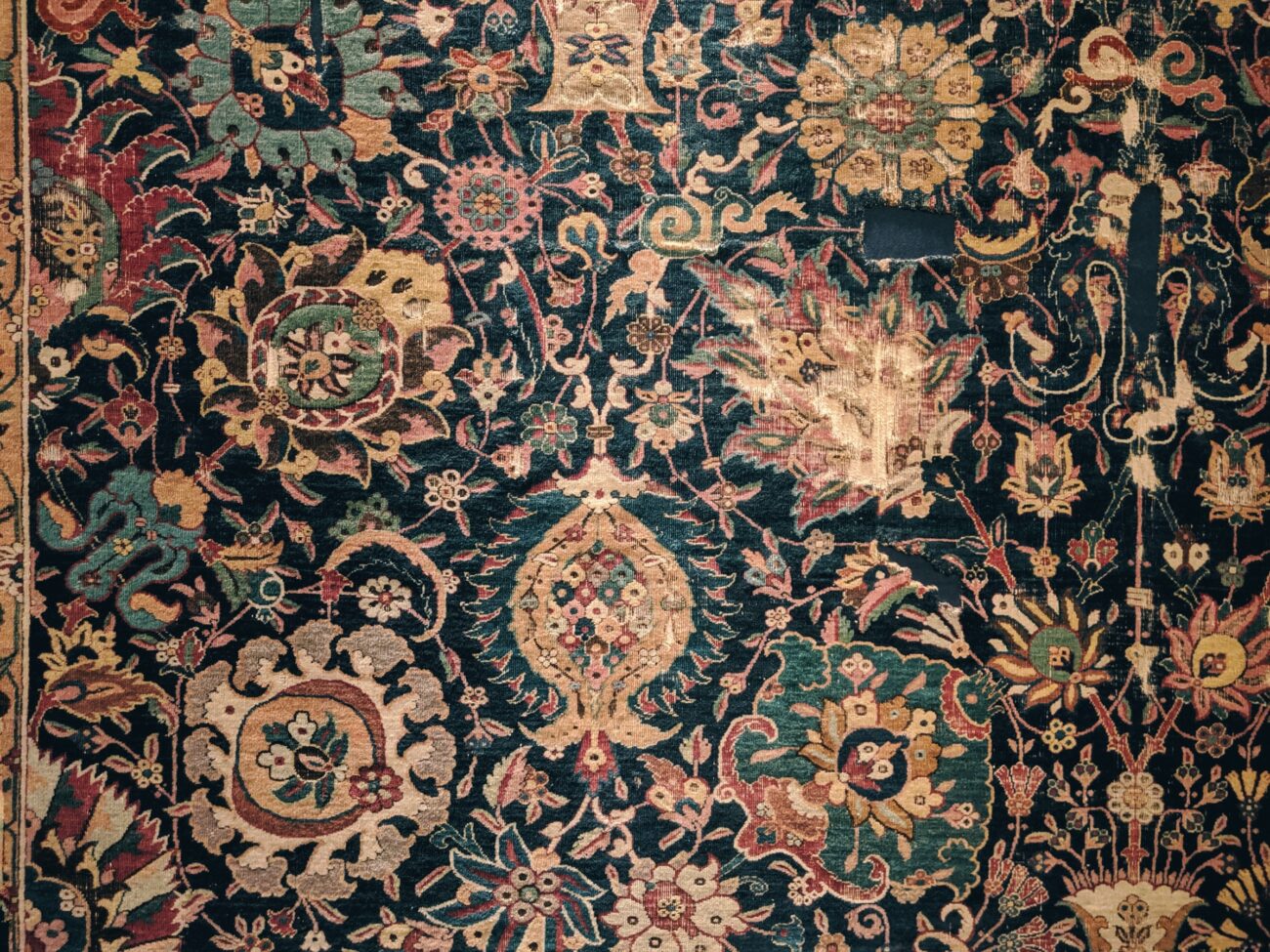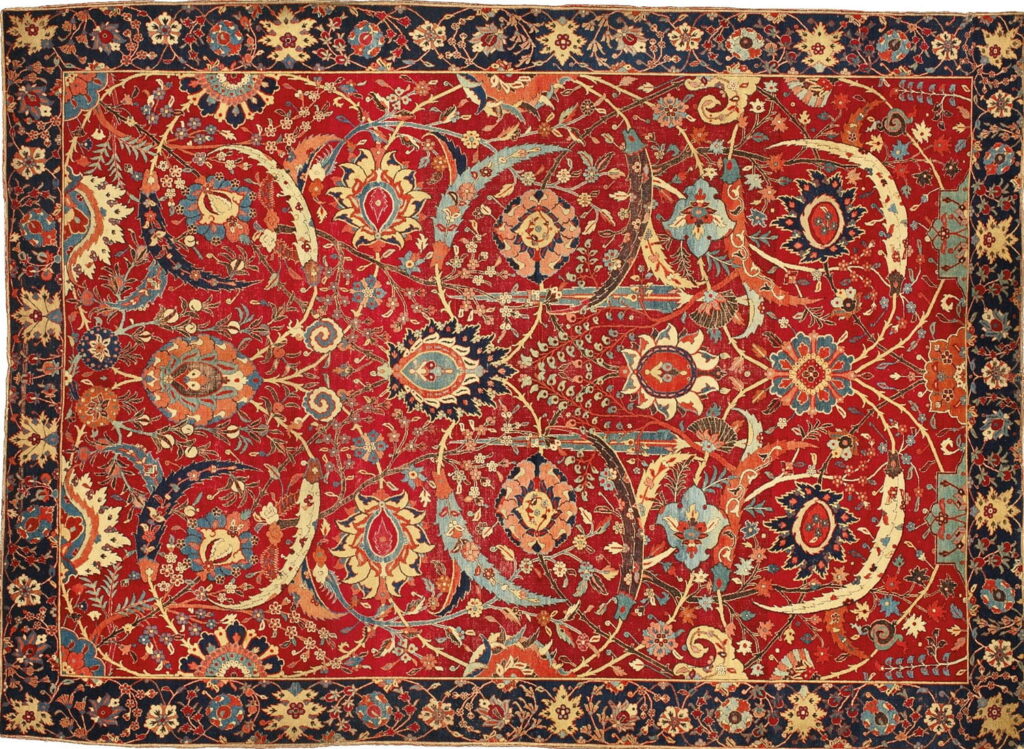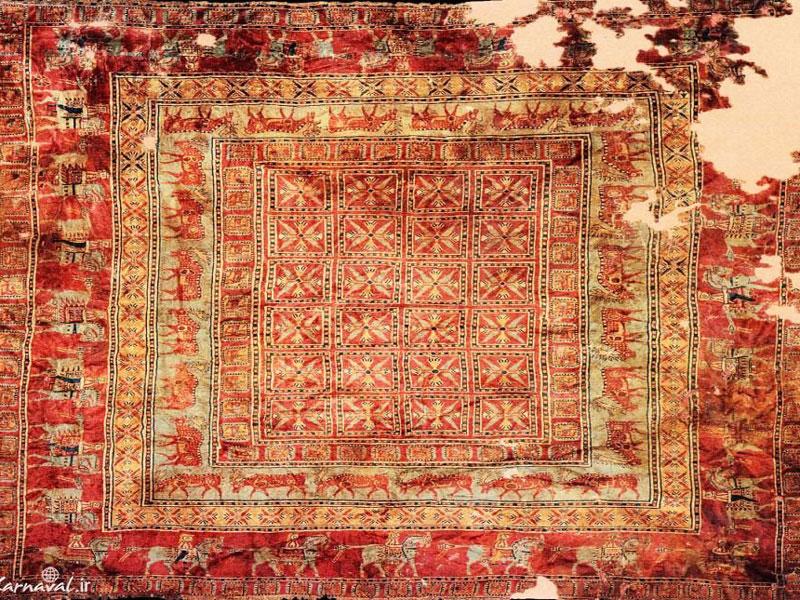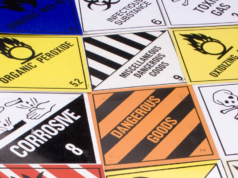
Most of the modern world is familiar with the Persian carpet or rug as the very epitome of high-class and expensive floor coverings. But having said that, many people still ask what is the difference between an oriental and Persian rug? These pieces of art are truly windows into history and are highly sought after by collectors and investors alike, each for their own different reasons. There is an abundance of information about rugs available now to devotees of the art, a look at sites like this will give a clearer picture of what is out there.
With the rugs being such a focal point for conversation, acquisition, and display there is no wonder that extreme examples of the craft are sought after and recorded. We are going to take a look at three completely different reasons why three examples of the Persian rug became famous in their own right.
The biggest rug in the history

There are Persian rugs of all different sizes, from but a few square feet in dimension to the truly huge. While the smallest of their kind might still be sufficient for the mat as the center piece of a room or display area the largest of their kind are truly colossal creations.
The covering for the Sheikh Zayed Mosque in Abu Dhabi took over 38 tons of wool and the efforts of more than 1,200 skilled artisans to construct. Even with this titanic team it still required more than a year to finish. This behemoth covers over 60,500 square feet. This rug is larger than football fields. Can you imagine trying to roll that up into a corner for cleaning?
Most expensive rug ever

No list of the extremes of the Persian rug trade would be complete without addressing the issue of cost. This is, after all, one of the most important factors associated with carpets.
There is an air of mystery around the most expensive Persian rug ever sold publicly. Although it was sold some years ago in auction at the renowned auctioneer Sotheby’s the name of the buyer remains, to this day, a mystery. There is speculation that it may have been bought for a museum, if so, it is likely to be part of a private collection, and few of us if any will be privileged enough to see it.
What is not a mystery, however, is the price. This particularly fine specimen went for a jaw dropping $33,000,000! That is thirty-three million United States dollars. Definitely something you do not want to be spilling your tea on!
The oldest known Persian rug

It is fitting to save, for our last record, the one of age. Part of the allure and aura of the Persian rug is the air of antiquity one associates even with relatively modern vintages of the rug.
Although it makes reference to the literature of the early Greeks, 850BC or so, which mentions rugs that may have originated from Persia the Wikipedia article on Persian carpets attributes the first verifiable instances of what we know as Persian carpets to the era around 500 BC to about 200 AD.
This makes the rug found in the Pazyryk valley by a 1949 archaeological expedition one of the very earliest possible. This specimen is over 2,400 years old by carbon dating. It was created around 400 BC.
There you have it, three examples of truly amazing and outstanding Persian carpets.



